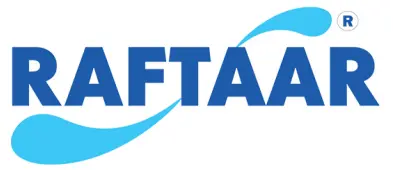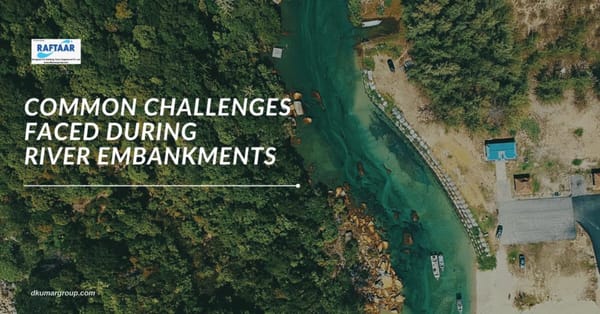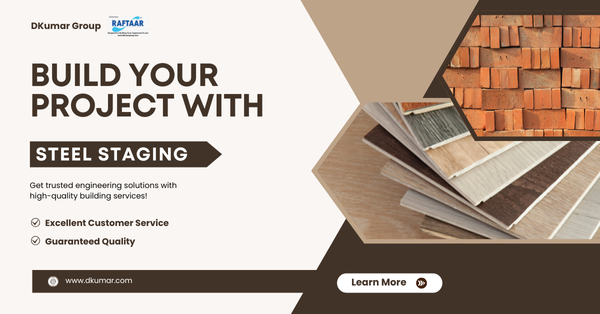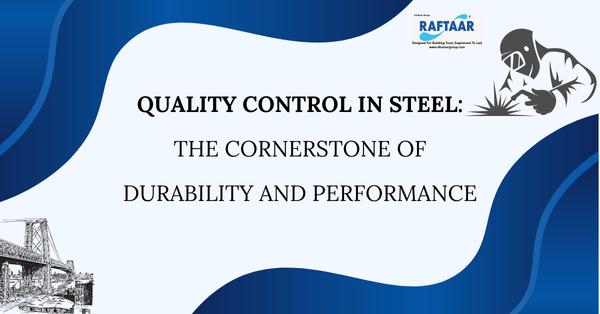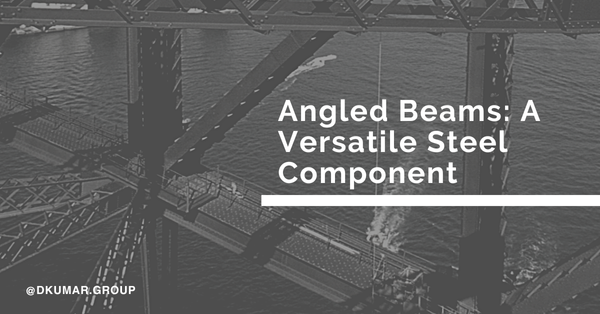Parallel Flange Channels: A Versatile Element of Modern Construction
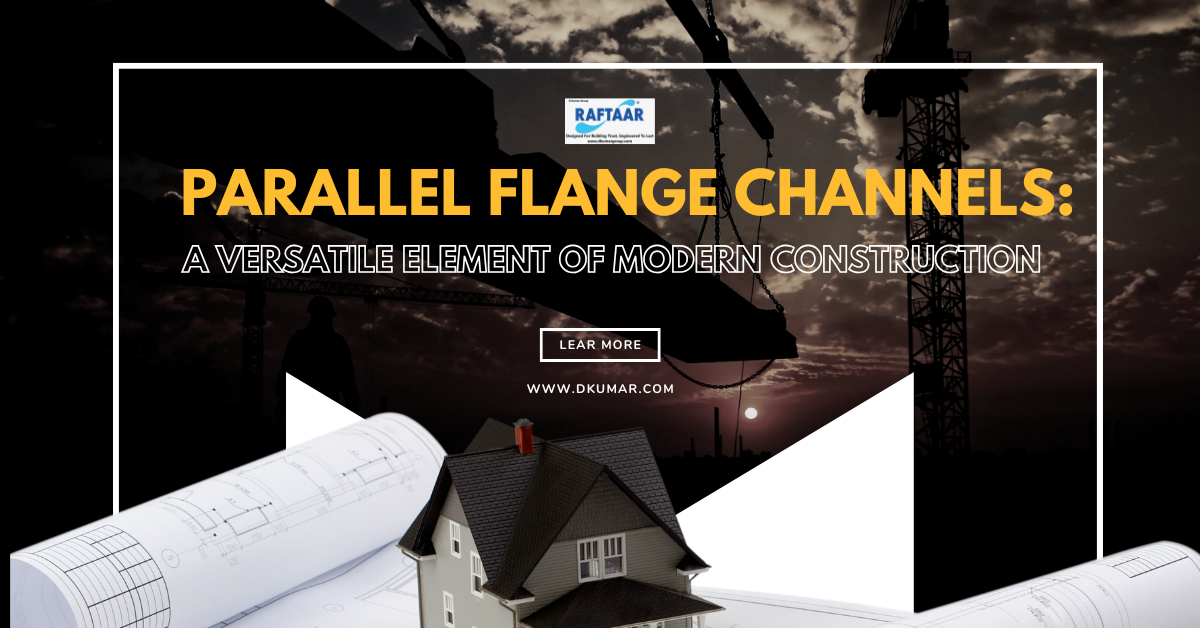
Have you ever wondered how the Skyliners of our city and the infrastructure of our communities are so structurally built and secured? Well, the reason behind this includes multiple elements using modern construction, one of which is Parallel Flange Channels.
Traditional building materials often fall short of meeting the demand of the modern construction world, which requires innovative, design flexibility, and efficient solutions to build stronger, safer, and more sustainable structures.
The limitation of using traditional materials can lead to challenges, which include
- Structural Constraints as such materials may not be able to adjust to heavy loads activities
- Design Flexibility as such materials restrict the creative and innovation options of architectures
- Time and Cost Inefficiencies as this contribute to the increased project timelines and costs.
Parallel flange channels are versatile steel sections with parallel flanges and web that offer solutions to all the above-mentioned problems. They play a major role in supporting modern construction projects because of their exceptional strength and ability, design flexibility, sustainability, and cost-effectiveness.
So, in this blog, we will discuss parallel flange channels and their major applications. Read the blog till the end to understand the use of parallel flange channels, and multiple applications, from complex structures to perfectly built Skyliners, and its importance for construction needs.
What are Parallel Flange Channels (PFCs)?
Parallel Flange Channels (PFCs) are versatile steel sections characterized by their distinctive shape, featuring parallel flanges and a web. This unique element provides them with their design flexibility, durability, and exceptional strength.
Advantages of PFCs
The popularity of PFCs in construction can be attributed to several key factors:
Exceptional Strength and Durability
One of the primary advantages of PFCs is their exceptional strength-to-weight ratio. PFCs are designed to easily withstand heavy loads and extreme weather conditions, making them ideal for various applications. Apart from this, with proper surface treatment, PFCs can resist corrosion and harsh environmental conditions, providing long-term durability.
Sustainability
Steel is the primary material used in PFCs and being a recyclable resource, it contributes to sustainable construction practices. The efficient use of materials and energy-efficient manufacturing processes of PFCs minimizes their environmental footprint.
Design Flexibility
PFCs can easily be customized to meet the specific design requirements of clients. This contributes to creating creative and innovative architectural solutions. As a result of their versatility, PFCs can also be used in a wide range of applications, including bridge construction, structural framing, and industrial buildings.
Cost-Effective
The initial cost of PFCs might seem higher as compared to the traditional elements, however, they offer long-term cost savings. The durability and longevity of PFCs reduce the need for frequent maintenance and replacements, which results in lower overall costs. Apart from this, PFCs are easy to install, and this ease of installation significantly reduces construction time and labor costs.
Key Applications of Parallel Flange Channels
Vehicle Manufacturing
Parallel Flange Channels (PFCs) are widely used in the automotive industry, particularly in vehicle manufacturing. The exceptional strength of PFCs makes them an ideal choice for vehicle manufacturing as they can withstand vibrations and other stresses. PFCs provide superior protection, so the use of PFCs in critical structural components enhances the overall safety of the vehicle.
The lightweight nature of PFCs helps to reduce the overall weight of vehicles, which improves performance and fuel efficiency. PFCs also provide aesthetic appeal to the vehicle, which are also in innovative and aerodynamic vehicle designs, as they can be easily customized to meet the specific design requirements.
- Crossmembers and Side Rails: PFCs are used to build crossmembers and side rails, providing structural support and enhancing the overall rigidity of the vehicle.
- Suspension Components: PFCs are also used to create suspension components, such as suspension brackets or control arms. PFCs contribute to the preciseness and consistent quality of suspension components, which ensures optimal performance.
- Chassis Frames: PFCs are majorly used to build vehicle chassis frames. The high strength-to-weight ratio of PFCs helps in creating robust and lightweight frames, which allows vehicles to withstand the rigors of everyday use.
Bridges and Flyovers
Parallel Flange Channels (PFCs) are an indispensable component in modern bridge and flyover construction. One of the primary functions of PFCs in bridge and flyover construction is to distribute load effectively across the entire structure. By effectively and strategically placing the PFCs as girders, cross-members, and beams, it becomes easier to optimize the load-bearing capacity of the structure.
This helps in minimizing stress and concentration and preventing structural failure. With the strategic use of PFCs, engineers can construct and design bridges and flyovers that are fully functional, sustainable, and aesthetically pleasing.
Rail Tracks and Platforms
Parallel Flange Channels (PFCs) are an essential component in the construction and maintenance of rail infrastructure. They are used to create a solid and stable base for rail tracks and help in improving the track alignment and preventing track deformation or derailments.
Supporting Heavy Loads and Harsh Conditions
tracks and platforms experience constant immense stress from the passage of heavy trains. To address this issue, PFCs, with their high loading bearing capacity, act as the ideal solution, ensuring the stability and longevity of the rail tracks.
PFCs are resistant to corrosion and withstand extreme conditions, such as heavy rainfall and freezing temperatures. This helps in ensuring the integrity of rail infrastructure, especially in regions with extreme or harsh climates.
Retaining Walls
Parallel Flange Channels (PFCs) are an excellent choice for constructing stable and durable retaining walls. The interlocking nature of PFCs provides great lateral ability and prevents the walls from sliding or collapsing. The flanges of the PFCs are interconnected using various methods, which include bolting, welding, or using specialized connectors.
PFCs can be used to create various types of retaining walls, which include cantilever walls, reinforced soil walls, or gravity walls. By strategically incorporating PFCs, strong and rigid structures can be constructed that can effectively withstand the lateral pressure of soil and water.
Shipbuilding
Parallel Flange Channels (PFCs) are an integral part of modern shipbuilding and contribute to the construction of durable and robust vessels. PFCs are specifically used to create watertight compartments within the ship, enhancing overall safety.
They are also used in the construction of deck beams which support the ship’s cargo and deck and superstructures which include bridges, funnels, and accommodations.
The marine environment is notoriously harsh with humidity, salt water, and extreme weather conditions. All of this poses significant challenges to ship structure and this is where PFCs come in the picture to help with their corrosion resistance feature.
Conclusion
Parallel Flange Channels (PFCs) have proven to be a reliable and versatile solution for a wide range of modern construction demands and applications. From manufacturing ships and vehicles to building rigid structures, PFCs are widely popular for their ability to enhance strength, efficiency, and durability.
Key applications of Parallel Flange Channels (PFCs) include
- Vehicle manufacturing
- Constructing bridges and flyovers
- Construction rail tracks and platforms
- Retaining walls
- Shipbuilding
As the construction industry continues to evolve, PFCs are becoming a more major part of shaping the future of buildings. They are playing a greater role in the construction industry and becoming a compelling choice for engineers and architects seeking innovative and sustainable solutions.
If you are looking to enhance the strength and efficiency of your next construction project, do not forget to use Parallel Flange Channels (PFCs). Contact DKumar today to learn more about PFCs and how they can benefit your specific criteria. We are highly committed to providing impeccable quality and expert support to help you achieve your construction goals!
